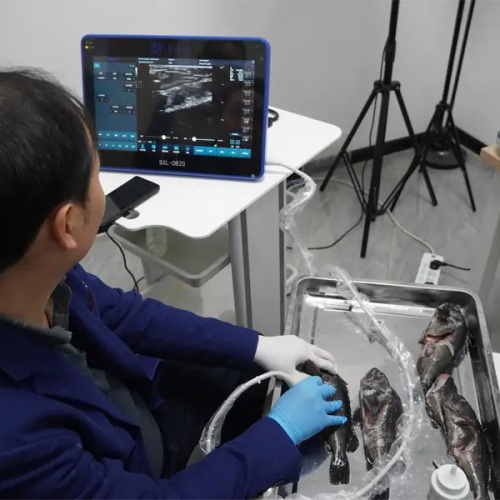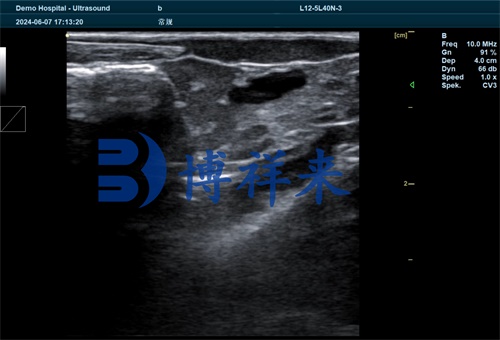Ultrasound imaging has become an indispensable tool in modern aquaculture. Traditionally used in veterinary medicine for large animals, this non-invasive technology has proven equally valuable for fish health assessment, breeding management, and conservation efforts. Using ultrasound, fish farmers and researchers can gain detailed insights into muscle and fat composition, predict meat yield, determine sex, and evaluate the reproductive viability of both common and endangered aquatic species—without harming the animals.
One notable application of fish ultrasound is in monitoring muscle and fat ratios, which are critical indicators for market readiness. Fat content directly impacts flavor, shelf life, and processing quality. With a high-resolution ultrasound probe, it is possible to visualize subcutaneous fat layers and deeper musculature in real time. Farmers can thereby optimize feeding strategies and harvest schedules based on actual body composition rather than estimation. This has direct implications for economic efficiency and product quality.

Predicting meat yield is another major benefit. In species such as salmon, trout, and tilapia, meat yield is closely tied to the development of specific muscle groups. Ultrasound allows for accurate measurement of these tissues. Using historical data, algorithms can correlate measurements to expected fillet weight. This enables fish farms to grade individuals without needing to sacrifice them, ensuring optimal stock rotation and higher profitability.
Sex determination is also simplified with ultrasound. In many aquaculture operations, knowing the sex of each fish is essential—whether for controlling breeding groups, optimizing growth rates, or improving product uniformity. With ultrasound, gonads can be identified in vivo, even in immature fish. For example, in sturgeon, which can take years to sexually mature, this is particularly valuable. Accurately determining sex early allows for better allocation of resources and reduces time lost on non-productive individuals.
A more specialized and increasingly important application of ultrasound in fish is assessing reproductive capacity in endangered or protected species. The Chinese sturgeon (Acipenser sinensis), listed as critically endangered, has become a focus for conservation breeding programs. Ultrasound provides a way to monitor gonadal development over time, track oocyte maturity, and determine spawning readiness—without surgical intervention. These capabilities are essential for improving breeding success while minimizing stress and handling risks.

Of course, selecting the right ultrasound model for fish applications is critical. Portable, waterproof, and high-resolution systems are best suited for aquatic environments. The probe should be capable of shallow-depth imaging with sufficient sensitivity to detect soft tissues in fish of varying sizes. A convex or microconvex rectal probe is often ideal for scanning through the fish's ventral surface, especially for gonadal observation.
While a variety of ultrasound systems exist, specialized models designed for large animal use often outperform conventional human devices in aquaculture settings. They are rugged, ergonomic, and better adapted to real-world farming conditions. One such model is the DB20 OPU Veterinary ultrasound system, which combines portability with excellent imaging quality. While the manufacturer isn’t the focus here, it’s worth noting in passing that companies like BXL, who specialize in large-animal imaging equipment, have made models increasingly adaptable for aquatic species.

Ultrasound is not a silver bullet, and operator training is crucial for correct interpretation. However, when used properly, it becomes a powerful decision-making tool across a range of fish farming practices—from commercial aquaculture to species conservation. The ability to observe internal anatomy, without harm, empowers farmers and biologists to make informed, sustainable choices.
In conclusion, fish ultrasound inspection represents a convergence of animal welfare, economic efficiency, and environmental responsibility. Whether optimizing yield in commercial production or preserving endangered species, the right imaging solution plays a transformative role. With advances in probe design and software, along with proper handling techniques, ultrasound will continue to shape the future of smart, ethical aquaculture.
tags: Fish ultrasound


